When you overworked and the muscles were stiff and sore or you bumped into somewhere causing swollen knees or elbows … You might think of using ice packs to minimize the symptoms of swelling and pain. The problem is that when you have a lesion, you will choose the effect of raising the temperature, also known as apply hot, or the effect of lowering the temperature, that is, apply cold. Both types of methods work, but it’s important to know when to use which?


1. Apply hot
1.1 What is Apply hot?
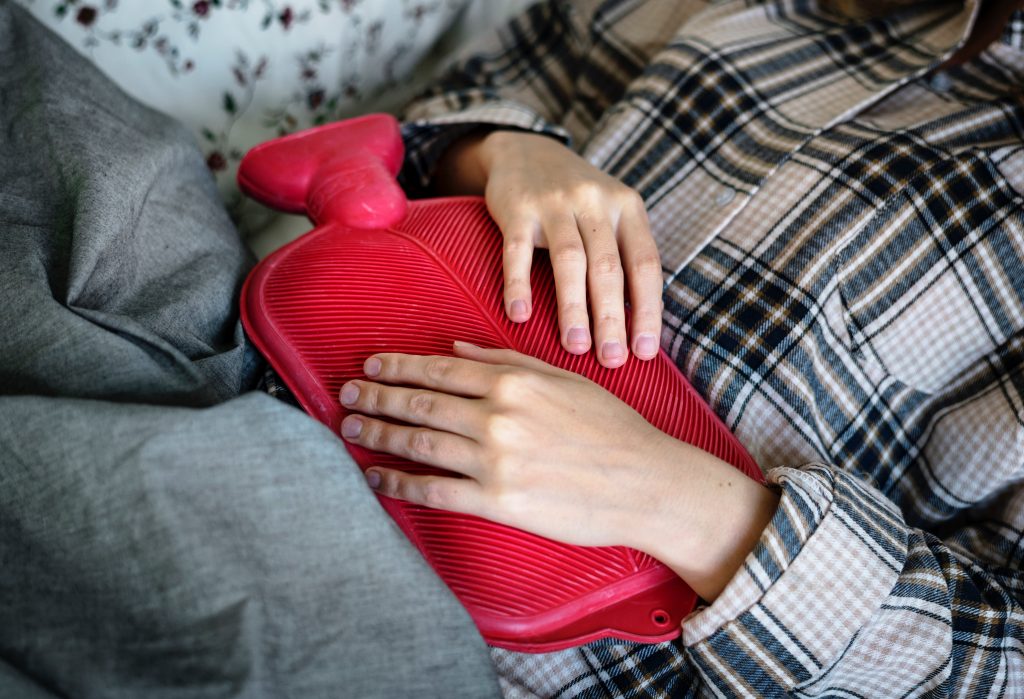

✅ Apply hot are a method of applying heat-causing agents, with temperatures above 37C – 50C, to apply directly or indirectly to the skin that needs treatment. According to medicine, apply for hot work:
- Dilates arteries, capillaries in place, and can spread to part or the whole body.
- Reduce spasms, increase circulation, increase nutrition, and local metabolism, thereby reducing pain for chronic pain.
- The sedative effect, regulating nerve function, helping muscles relax.
1.2 When should you apply hot?
- Apply heat to joint pain: When you have pain due to stiff joints, it’s best to use a moist heat pad to soothe the wound. Soak a cloth in very hot water, and place it on the sore joint to relieve and soothe the area.
- Apply hot, sprained compresses after the swelling: When the swelling from the sprain decreases, heat is applied. The heat will soften tendons and muscles that stiffen when injured. In addition, the muscles that are relaxed will not help to stiffen during recovery.
- Apply heat when the muscles are rigid: Hot compresses will help the muscles to relax and not contract and help pain relief extremely effectively.
- Curing dysmenorrhea: You can use a hot compress to relieve menstrual cramps. Applying a warm compress to the lower abdomen helps the uterus to contract rhythmically, blood circulation smoothly, thereby reducing menstrual pain.
2. Apply cold
2.1 What is Apply cold?
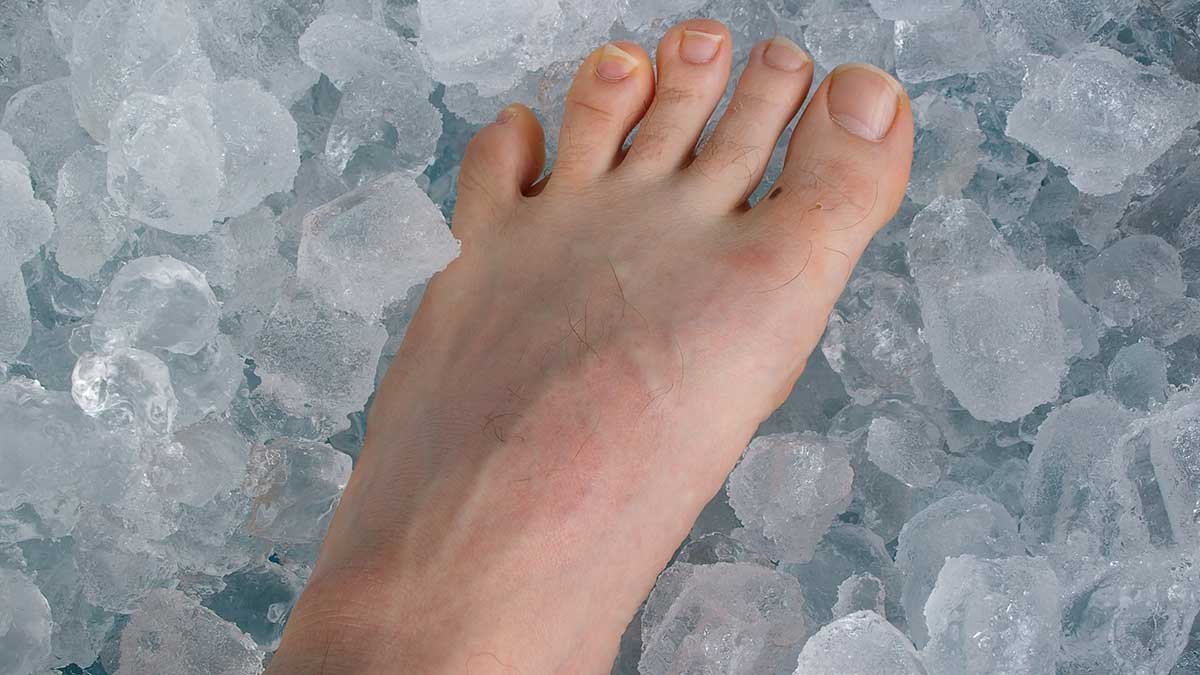

✅ Applying cold compresses is a method of using cold heat, usually below 15C to affect the area to be treated. There are two ways of using cold heat, the long-lasting thermal effect, and the intermittent thermal effect.
- Prolonged cold thermal effect: Has the effect of shrinking small blood vessels thereby slowing blood flow and reducing local circulation, reducing vascular permeability to prevent edema, inflammatory reactions, acute pain, and muscle tone.
- Intermittent cooling effect: Initially causes vasoconstriction then causes congestion vasodilation, increases circulating flow, increases joint range of motion, and reduces muscle convulsions.
2.2 When should you apply cold?
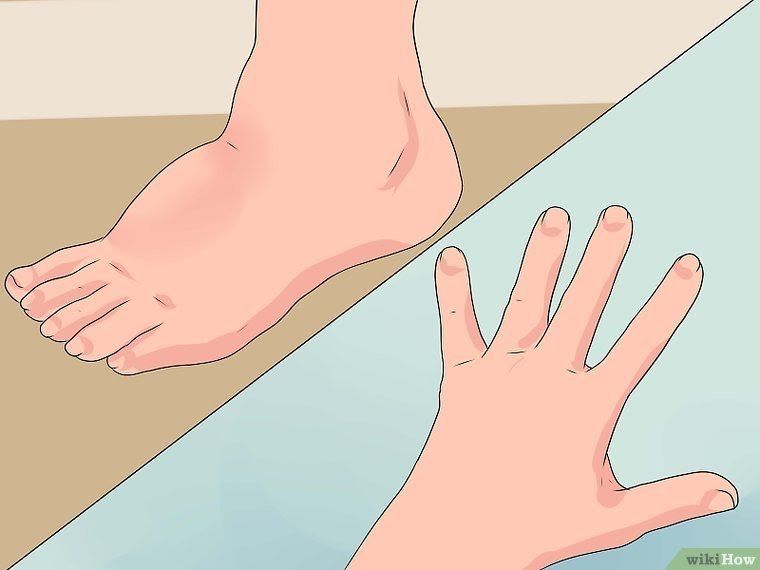

- Apply cold to the signs of gout: Gout is one of the most painful forms of arthritis, it can cause patients to suffer severe pain, accompanied by the phenomenon of swelling, redness. Apply cold is a great way to soothe the symptoms of gout because it reduces inflammation and reduces swelling, while also easing the pain.
- Apply cold when sprained, before the wound is swollen: If you have a sprained or dislocated joint, place a stone on the site immediately and then raise your foot up high. This simple way will help relieve pain immediately, the area will not be swollen and much less painful.
- Apply cold before muscle stiffness: As with sprains, ice works immediately when a muscle is stiff or has a muscle tear. Keep applying ice until the swelling subsides.
- Applying ice to a headache: Stone is also good at relieving pain that is causing dizziness. The cold works to numb the pain and reduce the feeling of lightheadedness.
CONCLUSION: When injured, sprained, dislocated remember remember to apply heat to reduce pain while cold is reducing edema and bleeding.
3. Recommended for you :
🎁 Salonpas and Salonsip
✅ According to sports doctor, there are 2 types of plaster that people use to treat minor injuries are hot patches (salonpas) and cold patches (salonsip). However, you should carefully consider the injury then choose which one to use, if using the wrong type will make the wound not recover, even more severe.
Hot patches (salonpas) should be used for cases of apply hot. Cold paste (salonsip) should be used for cases of apply cold.
🔹 Types of salonpas
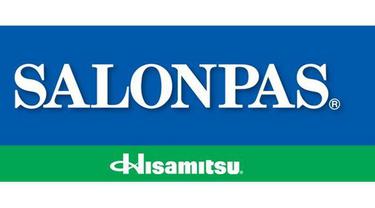

1️⃣ Salonpas Pain Relieving Patches: Salonpas Pain relieving patches provide relief for minor aches & pains. Pain patches help muscle soreness, strained after the swelling, back pain or backache, joint pain, & neck pain. Lasts up to 8 hours
2️⃣ Salonpas, Lidocaine 4%: Provides additional ingredient lidocaine – is a local anesthetic that maximizes pain relief for muscle pain, joint pain & shoulder sprain, neck pain & back pain. These anesthetic patches help soothe nerves that are severely irritated by pain. Lasts up to 8 hours.
3️⃣ Salonpas Pain Relieving Jet Spray: Convenient, effective pain relief for you when moving or sports! Salonpas pain relieving spray is fast drying & feels like an icy spray as menthol provides a soothing sensation & methyl salicylate keeps pain at bay for up to 8 hours.
4️⃣ Salonpas Pain Relieving Patch Large: Pain patches help muscle soreness & the larger size is especially good for backache, joint, back, & shoulder pain. Lasts up to 8 hours.
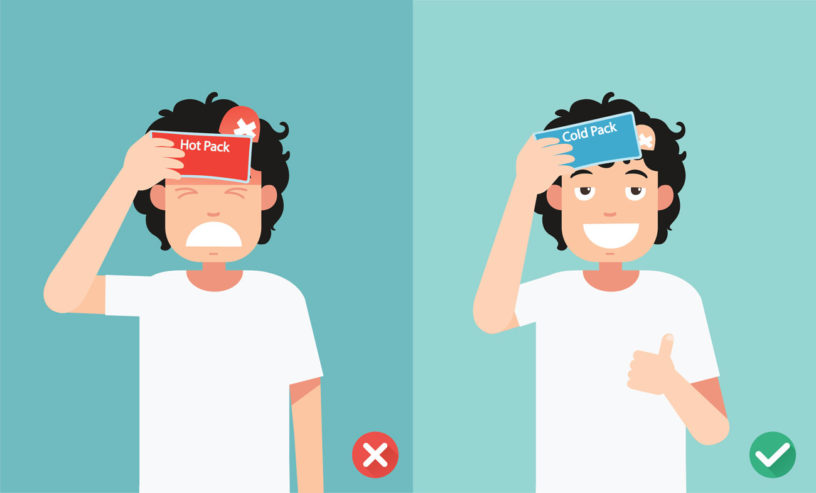





Leave a Reply